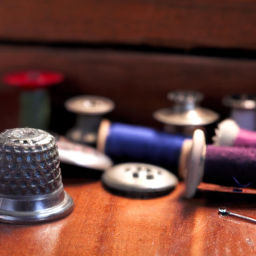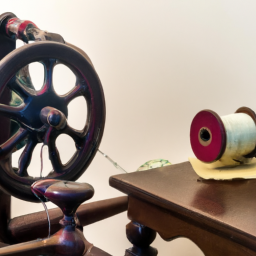
History of Sewing Machine Timeline
-
1790
The First Sewing Machine
Inventor Thomas Saint patented the first known sewing machine design, capable of stitching leather and canvas, but it never entered mass production.
-
1830
Barthélemy Thimonnier
Barthélemy Thimonnier patented the first practical sewing machine, which used a hooked needle, a continuous thread, and a shuttle.
-
1851
Isaac Merritt Singer
Singer’s sewing machine, with its foot treadle and rotary mechanism, became a commercial success and revolutionized the garment industry.
-
1867
The Bridgeport Machine Company
Bridgeport Machine Company introduced the first machine to sew buttonholes, enabling automation of this essential finishing technique.
-
1877
The Florentine Tailoring Machine
The Italian tailor Francesco Rivolta created the Florentine Tailoring Machine, which automated suit-making tasks, earning a gold medal at the Paris Exhibition.
-
1885
The Domestic Sewing Machine
The Singer Manufacturing Company introduced the first practical domestic sewing machine suitable for use in homes, leading to increased adoption and popularity.
-
20th Century
Advancements and Innovations
Throughout the 20th century, sewing machines underwent continuous improvements, including electric and computerized models, making sewing more efficient than ever.




